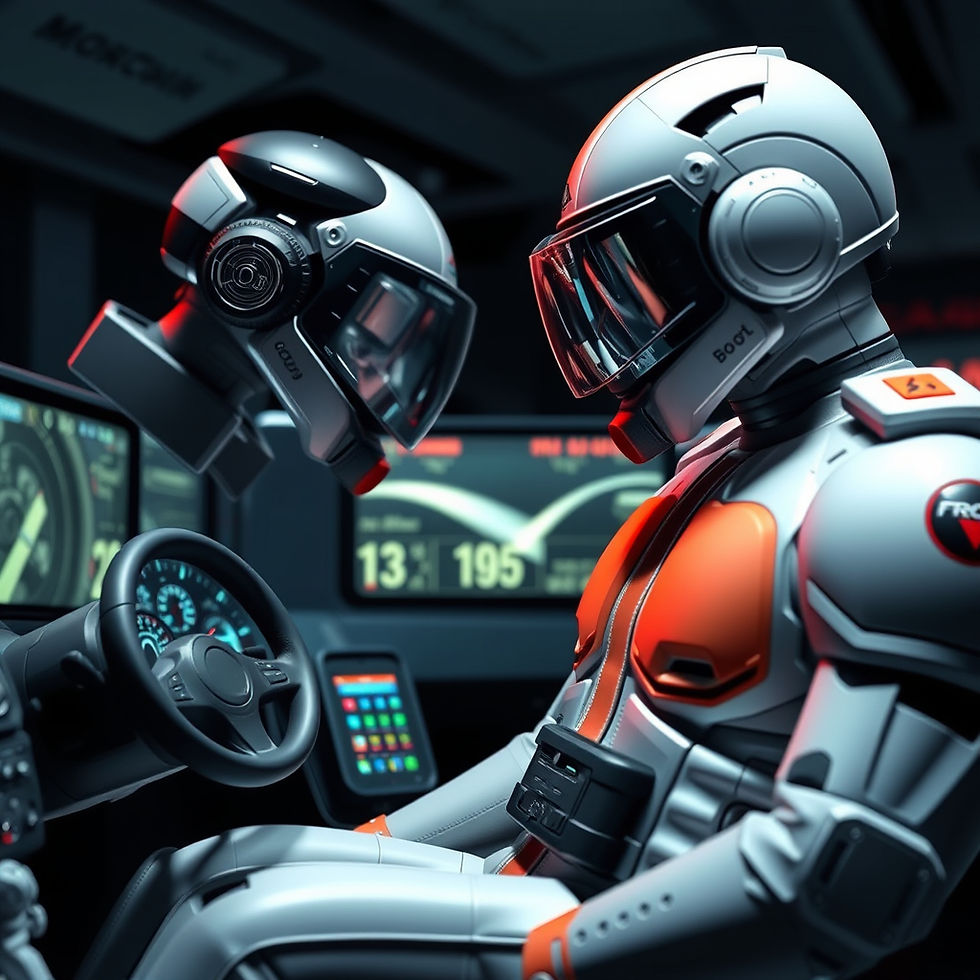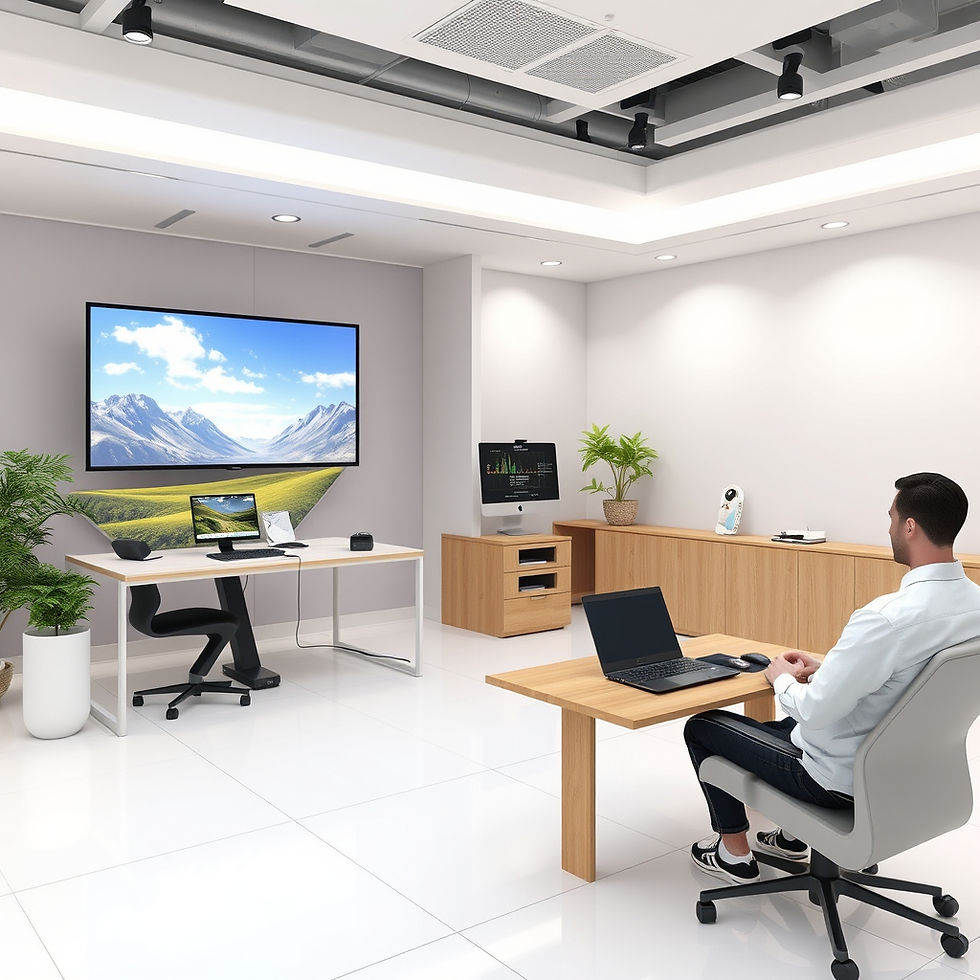From Flat to Fully Immersive: Evolving 3D Interfaces for Training
- Geniuscrate

- Jul 30
- 2 min read

Training in the digital age has evolved far beyond static screens and flat UI elements. As simulation technology advances, so do the interfaces that drive them. The shift from basic HUDs to fully immersive 3D interfaces is transforming how learners engage, interact, and retain knowledge.
So, what’s behind this evolution, and why should your next training project embrace it?
What Is a 3D Training Interface?
A 3D training interface goes beyond buttons and pop-ups on a flat screen. It involves:
Spatial menus that appear in the 3D world
Gesture-based controls in AR/VR settings
HUDs that adapt dynamically to user movement
Context-sensitive interactions with virtual objects
These interfaces aren’t just aesthetic, they’re functional bridges between the learner and the simulation.
Why Traditional Interfaces Fall Short in Modern Training
Flat or rigid UI systems often disrupt immersion and restrict intuitive learning. Some common issues include:
Cognitive overload from cluttered menus
Breaking realism by pulling users out of the scene
Poor adaptability in dynamic or VR/AR environments
In contrast, immersive 3D interfaces blend into the experience, supporting learning rather than distracting from it.
The Benefits of Immersive Interface Design
Natural Interaction: Users engage using hand gestures, gaze tracking, or physical movement—mimicking real-world behavior.
Enhanced Memory Retention: When UI elements are embedded in context, users remember where and how they interacted with them.
Higher Engagement and Motivation: Training feels more like exploration and less like instruction.
Faster Skill Application: Real-time feedback and spatial awareness enable quicker skill transfer to real-world scenarios.
Design Principles for Next-Gen Training Interfaces
To make 3D interfaces truly effective:
Keep UIs contextual and non-intrusive
Use icons, holograms, and object labels with spatial anchoring
Ensure responsiveness to head movement and body position
Support voice, gesture, and eye input when relevant
Balance minimalism with informational clarity
At GeniusCrate, our UX teams work closely with 3D artists to ensure interfaces enhance, not hinder, the training flow.
How GeniusCrate Builds Seamless Immersive Interfaces
We design interfaces as part of the environment itself. Our team:
Implements VR-ready UI panels with dynamic scaling
Uses interactive props and context cues for learning
Tests interface placement in real-time simulation runs
Integrates with game engines like Unreal and Unity for responsive controls
Whether it’s military simulation or emergency training, our focus is always on fluid, human-centered design.
The Future: Adaptive, Intelligent Interfaces
With AI and biometric feedback, interfaces can now adjust in real-time based on user stress levels, performance, or learning curve. Imagine a training module that:
Dims distractions during stress
Offers real-time guidance when users hesitate
Adapts difficulty based on past performance
That’s where immersive training is heading, and 3D interfaces are leading the charge.
Conclusion: Don’t Let UI Hold Your Training Back
An outdated interface can ruin even the most beautiful simulation. But with immersive 3D UI, your training becomes intuitive, engaging, and memorable. It's not just what your users see it's how they interact.
Ready to bring your simulation interface into the immersive era? Let GeniusCrate craft a seamless 3D learning experience from start to finish.



Comments